AI-driven Digital Twin of urban polluted area by WWTP
Please login to view abstract download link
In an era of abundant data and computational resources, the integration of Artificial Intelligence (AI) into Digital Twin (DT) frameworks presents new opportunities for modeling and understanding complex urban environments. Digital Twins, virtual replicas of physical systems, can simulate real-world phenomena, and by leveraging AI, they can enable real-time predictions and optimization of system behavior. This project focuses on developing an AI-driven Digital Twin for pollution monitoring in urban areas, combining Computational Fluid Dynamics (CFD) with Machine Learning (ML)[4] to model and predict pollutant dispersion in a densely built environment. These AI-driven Digital Twins are gaining importance in urban planning and environmental management, where they help simulate complex city dynamics and support decision-making processes [1]. CFD involves numerically solving the governing equations of fluid dynamics to simulate airflow and pollutant dispersion across urban landscapes. In this case, simulations target a 1x2 km domain characterized by complex building geometries and the presence of a nearby wastewater treatment plant (WWTP), which acts as a continuous pollutant source. The CFD simulations model both aerodynamics and particulate dispersion, with steady-state and transient simulations utilizing simpleFoam for airflow and icoUncoupledKinematicParcelFoam for particle dynamics. For turbulence k-epsilon models are employed to handle flow velocity distribution, while particle dispersion relies on gradientDispersionRAS models to simulate pollutant dynamics [2, 3]. The workflow incorporates a multi-stage process that begins with historical weather data analysis to boundary conditions of CFD simulations. LiDAR data is used to generate the geometry, then the mesh is generated with the blockMesh tool outcoming a final mesh of 30 million cells. After running simulations, data preprocessing ensures that spatial features such as distance to walls and ground are encoded. ML models are then trained on this processed data, with U-Net architectures employed for surrogate modeling to efficiently capture the velocity distribution together with the pollution dispersion across the urban space. The AI-driven Digital Twin leverages these surrogate models to provide real-time pollution predictions. By integrating near-term weather forecasts, the system can predict pollutant dispersion patterns, enabling the simulation to proactively alert residents of potential hazards.

